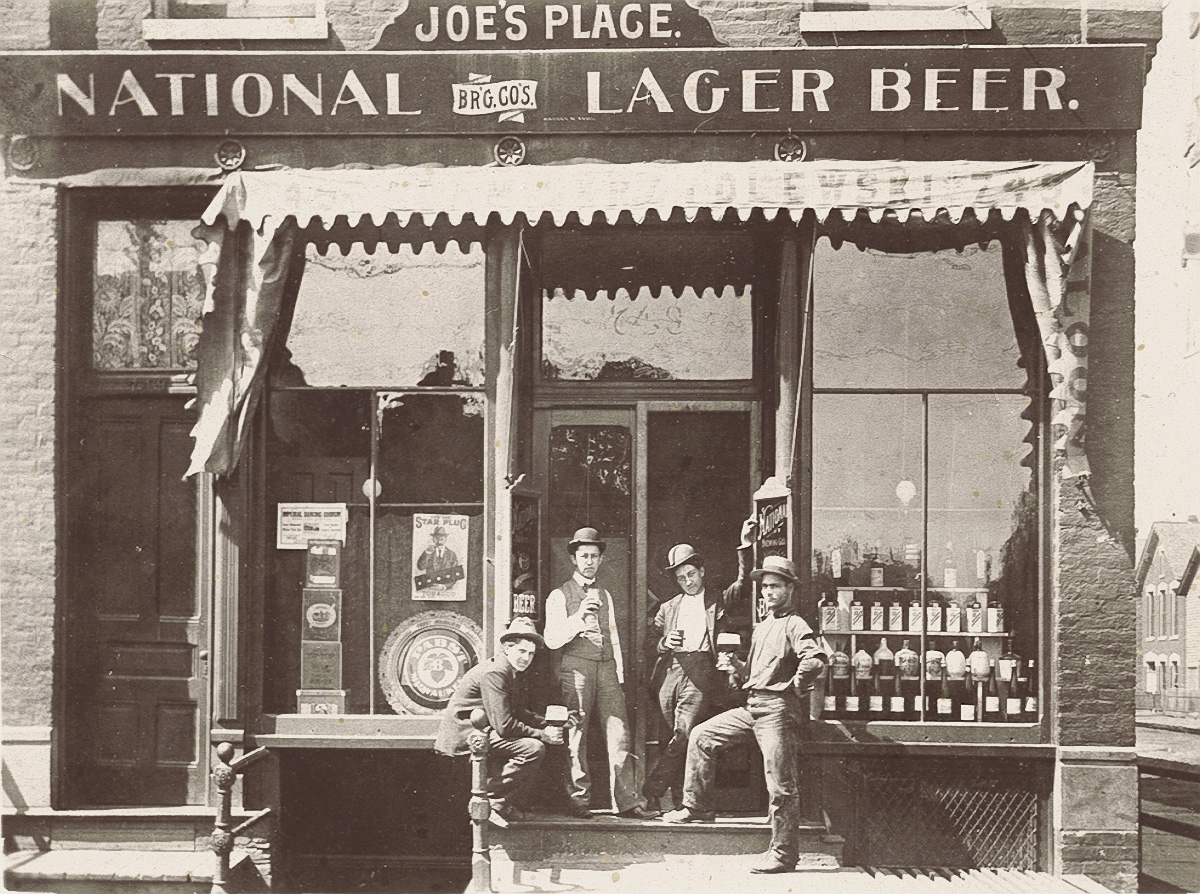On November 2, The Chicago Brewseum will open Brewing Up Chicago: How Beer Transformed a City, an exhibition hosted at the Field Museum. As craft breweries flourish today, this exhibition takes a deep dive into Chicago’s history with beer, highlighting the immigrant communities who drove that history throughout the 19th century.
“We’re delighted to host the Chicago Brewseum’s Brewing Up Chicago here at the Field,” says Jaap Hoogstraten, the Field Museum’s Director of Exhibitions. “Delving into something like beer, which we think we know all about and we enjoy in so many settings, ends up revealing our city’s deep histories, conflicts, and aspirations.”
History and beer fans will travel through time, learning about Chicago’s founding in 1833 and the decades leading up to the World’s Columbian Exposition just 60 years later. They’ll also come to understand how the German-American community evolved during that period, from first being perceived as strange outsiders to becoming respected Chicagoans. “Chicago’s early beer industry relied heavily on the immigrant communities who built our city,” says Liz Garibay, Founder and Executive Director of The Chicago Brewseum. “Germans founded some of the earliest breweries, eventually
introduced lager beer, and provided a cultural foundation upon which the whole city could enjoy—and respect—beer. We’re proud to present this story here, and to demonstrate how beer was and is a driving cultural force in our city, region, and country.” 
In addition to learning about diverse beer styles, visitors will experience what it was like to be in a 19th-century gathering place like the Sauganash Tavern, one of Chicago’s first saloons—they’ll even be able to smell the whiskey and bacon on offer there. Other interactive elements include a video telling the story of the 1855 Lager Beer Riot, an event that established citizens’ freedom to drink beer, and an interactive “make your own beer label” kiosk that allows visitors to design their own bottles, cans, and labels.
The exhibition will showcase artifacts including an original Pabst blue ribbon, a 19th century brewmaster’s kettle, and original illustrations of the grand Schlitz Pavilion, where guests enjoyed beers at the World’s Columbian Exposition of 1893. Items and images in the exhibition are on loan from The Chicago Brewseum’s cultural partners, which include the Black Point Estate of the Wisconsin Historical Society, the Chicago History Museum, DANK Haus Chicago, the Milwaukee County Historical Society, the Pabst Mansion, and the Siebel Institute of Technology.
The Brewing Up Chicago development team is made up of beer industry experts, including beer historian Brian Alberts, historian and Chicago Brewseum founder Liz Garibay, and beer expert and author Randy Mosher.
The exhibition, presented in both English and Spanish, is included with basic admission to the Field Museum and will run through January 5, 2020.
Brewing Up Chicago: How Beer Transformed a City was organized by The Chicago Brewseum. The exhibition is hosted by the Field Museum.
About The Chicago Brewseum The Chicago Brewseum highlights the dynamic culture and innovative history of one of the world’s most vibrant industries: beer. By using stories of the past and tales of the present, The Chicago Brewseum takes a deeper look into beer, its power to build community, and its importance as an ongoing cultural force. The Chicago Brewseum is a registered 501(c)(3) nonprofit cultural organization and aims to open its doors at a permanent location in 2021. For more information, visit chicagobrewseum.org, or follow on Facebook, Twitter, or Instagram.
About the Field Museum Now in its 125th year, the Field Museum is a forward-thinking scientific leader on a mission to explore, protect, and celebrate nature and culture. The Field takes part in groundbreaking research all over the world while maintaining one of the world’s largest collections of artifacts and specimens, used to inspire discovery, spark public engagement with science, and uncover solutions for a better world. To share its scientific and educational mission, the Field welcomes 1.6 million visitors every year.
For more information, visit fieldmuseum.org, or follow on Facebook, Twitter, and Instagram.

Share Post